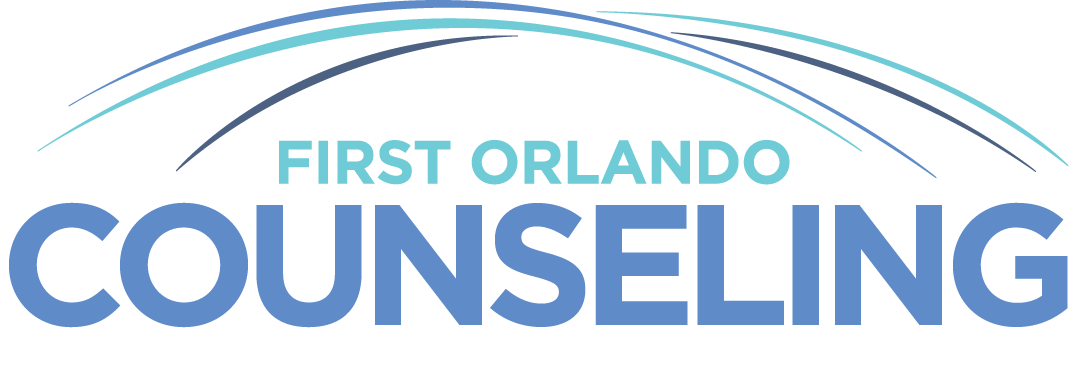Phobias
Symptoms
Fear and Anxiety
When a person experiences ongoing and disproportional amounts of fear in response to encountering or thinking about; animals, objects, activities, situations, or individuals, they may be dealing with a phobic reaction. This often also includes physical symptoms of shakiness, sweating, changes in heart rate, shortness of breath, nausea, and dizziness as a result of the stress response.
Avoidance
The fear response associated with phobias can be uncomfortable and limiting for may people with this condition. For those with specific phobias, avoiding the trigger of their anxiety can mean they miss out on experiences they may enjoy otherwise. For example, someone with a fear of insects (entomophobia) may have a difficult time relaxing while on a nature hike or having a picnic lunch. Phobias like the fear of heights (acrophobia) or the fear of public places (agoraphobia) can have more considerable implications for a person’s ability to work, attend social events, and travel from one place to the next.
Types of Phobia Diagnoses
Specific phobia
Specific phobia is the most prevalent type of phobia and includes fears of a particular object or situation. When the object or situation is present, the person experiences anxiety or fear that is out of proportion with the amount of danger presented by the situation or object. There are numerous phobic objects and situations that are specific to those who experience them. Some examples of specific phobias are:
Fear of situations like:
Flying (aviophobia)
Heights (acrophobia)
Washing (ablutophobia)
Enclosed spaces (claustrophobia)
Fear of types of people like:
Dentists (dentophobia)
Children or Dolls (Pediophobia)
Men (Androphobia)
Women (Gynephobia)
Companionship (Anthropophobia)
Other fears, numbers, etc. like:
Mirrors (spectrophobia)
God (theophobia)
The number 13 (triskaidekaphobia)
Fear of environmental events like:
Night or Darkness (nyctophobia)
Thunder and Lightning (astraphobia)
Water (aquaphobia)
Fear of injury or illness like:
Disease (pathophobia)
Injections (trypanophobia)
Choking (phagophobia)
Phobia (phobophobia)
Fear of animals like:
Animals (zoophobia)
Dogs (cynophobia)
Snakes (ophidiophobia)
Insects (entomophobia)
Social Anxiety Disorder
Social anxiety disorder was once known as social phobia until the understanding of its symptoms lead to it being reclassified.
Social anxiety disorder can include:
Fear of embarrassment or judgment by others.
Anxiety around new people.
Performance-related anxiety
Public speaking, sporting events, musical performances, etc.
Fear of social situations
Attending social events, eating in public, using a public restroom, etc.
Agoraphobia
Agoraphobia is an anxiety disorder characterized by the fear of public places that cannot be quickly exited like theaters or concert venues, public transportation, schools, hospitals, etc. Some people with agoraphobia also experience panic symptoms that bring on an uncomfortable physical response.
How long do phobias last?
The length of time someone struggles with a phobia can vary depending on their diagnosis and the age of onset.
80% of phobias that begin in adulthood become long-term concerns when they are not treated.
Children may develop phobias that are transient and go away after a few months but, choosing to seek advice from a health care provider is advised.
Treatment
Treatment usually includes psychotherapy and/or medication depending on the type of phobia. Treatments like Cognitive Behavioral Therapy, Desensitization Therapy, Accelerated Resolution Therapy, and other protocols have a high rate of success.
If fear and anxiety are disrupting your life or impairing your ability at home, work, or school, reach out to a qualified health professional for guidance.
The information provided is not for diagnostic use or a substitute for mental health care.

